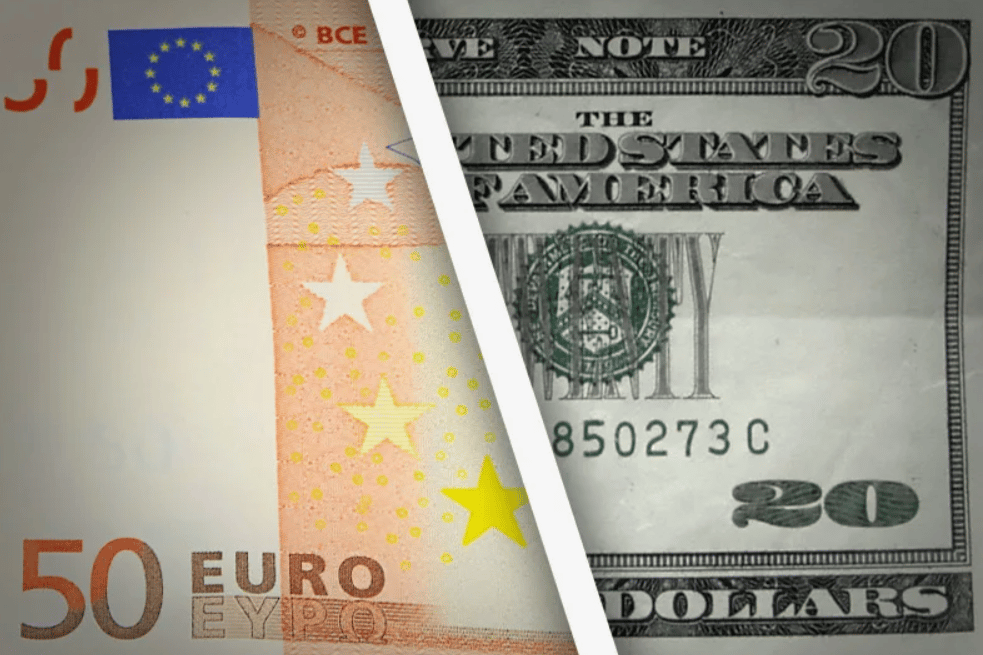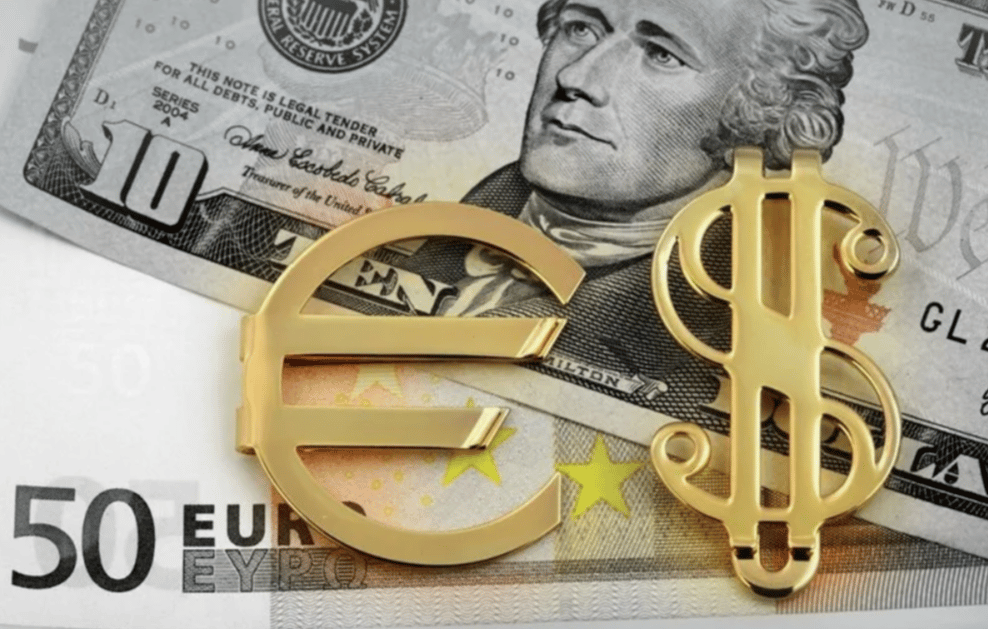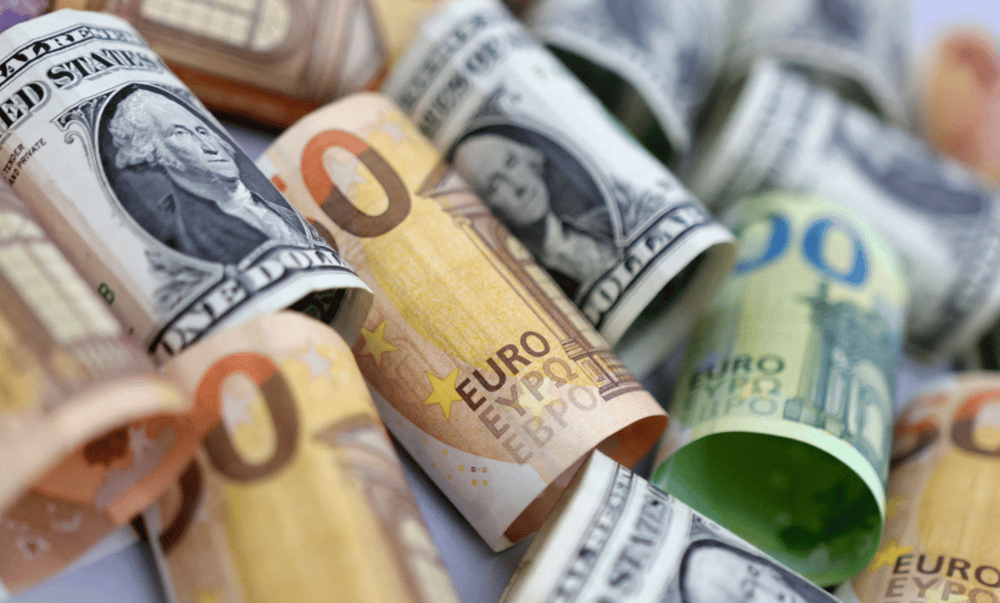EUR/USD Hits One-Month High as Trump Retreats from EU Tariff Threat
The euro (EUR) surged to its highest level in a month against the U.S. dollar (USD) on Monday, following a notable shift in U.S. trade policy. Former U.S. President Donald Trump withdrew a previously stated threat to impose 50% tariffs on European Union imports starting June 1. The policy reversal came after EU officials requested additional time to pursue a more favorable trade agreement.
The softening rhetoric from Washington provided immediate relief to currency markets, reinforcing bullish sentiment toward the euro while further undermining the dollar’s near-term outlook.
Policy Uncertainty Weighs on the U.S. Dollar
The Trump administration’s unexpected backpedaling on aggressive tariff measures contributed to a broader weakening of the USD, which has been under pressure from a combination of domestic fiscal expansion, political volatility, and macroeconomic uncertainty.
Trump’s earlier proposal to target EU goods with a 50% import duty had raised fears of a renewed transatlantic trade conflict. However, the decision to pause implementation and negotiate instead was interpreted as a temporary de-escalation. This was welcomed by investors who have increasingly viewed the euro as a more stable alternative to the greenback amid heightened policy unpredictability in the U.S.
Additionally, the weakening dollar reflects investor concerns over structural U.S. fiscal risks. Major legislative initiatives—namely, large-scale government spending and aggressive tax reduction proposals—have driven expectations of larger deficits and possible long-term erosion of dollar-denominated assets.

Key Facts
Currency Movement: EUR/USD reached its highest point in a month following Trump’s tariff reversal.
Policy Shift: Trump abandoned the 50% EU tariff plan after EU leaders appealed for continued negotiations.
Market Dynamics: The USD weakened across major currency pairs, including against the JPY and GBP.
Investor Sentiment: Risk appetite shifted away from U.S. assets due to policy uncertainty and fiscal expansion.
Timing: The reversal occurred shortly before the planned June 1 tariff deadline.
Market Reaction — Currency Flows and Risk Sentiment Shift
The FX market responded swiftly to the policy pivot. The euro gained strength across the board, buoyed by growing expectations of a prolonged window for EU-U.S. trade negotiations and a reduction in immediate geopolitical risk. Meanwhile, the dollar index (DXY) slid further as investors rotated into perceived safe havens and more stable currencies.
Currency strategists noted that the retreat from punitive tariffs was likely driven by diplomatic pressure and concerns about potential retaliation from the EU. While the long-term trade outlook remains uncertain, the near-term implications are supportive of EUR appreciation and a bearish tilt on USD.
Equity and bond markets also reflected the shift. European equity indices posted modest gains on reduced tariff risk, while U.S. Treasury yields declined as demand for safety rose.

Key Points
EUR/USD Spike: The euro advanced to a one-month high, driven by lower trade tensions.
Policy Impact: U.S. dollar weakened amid fiscal concerns and geopolitical unpredictability.
Cross-Currency Movement: The USD fell not only against the euro but also versus the JPY and CHF.
Investor Behavior: Market participants favored diversification away from USD-based assets.
Political Influence: The Trump administration's trade volatility remains a destabilizing force for the greenback.
Implications of U.S.-EU Trade Pause for Forex Markets
The euro’s rise against the dollar following Trump's tariff reversal illustrates the currency market’s acute sensitivity to geopolitical and fiscal signals. While the immediate threat of a transatlantic trade clash has been averted, lingering uncertainty around U.S. trade and tax policy continues to shape capital flows.
In the short term, EUR/USD appears supported by a shift in relative policy stability, but sustained gains will depend on the outcome of negotiations and the U.S. macroeconomic trajectory. The weakening of the dollar signals broader investor apprehension toward the current U.S. policy environment, underscoring the global implications of domestic political shifts.















Comments
Strategic capital allocation like this is accelerating the evolution of intelligent systems